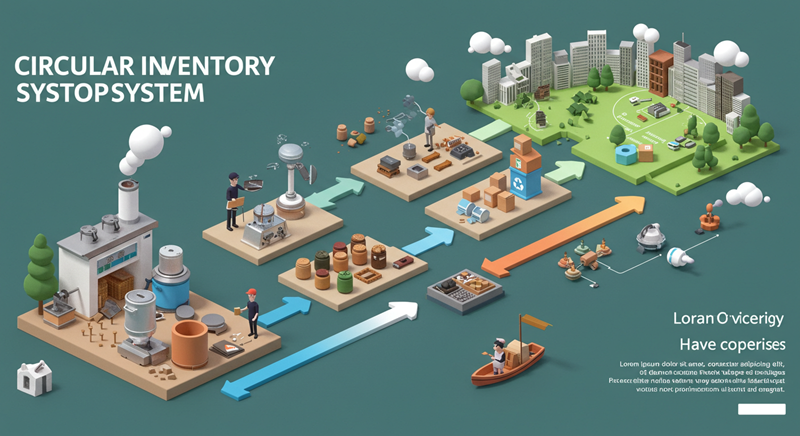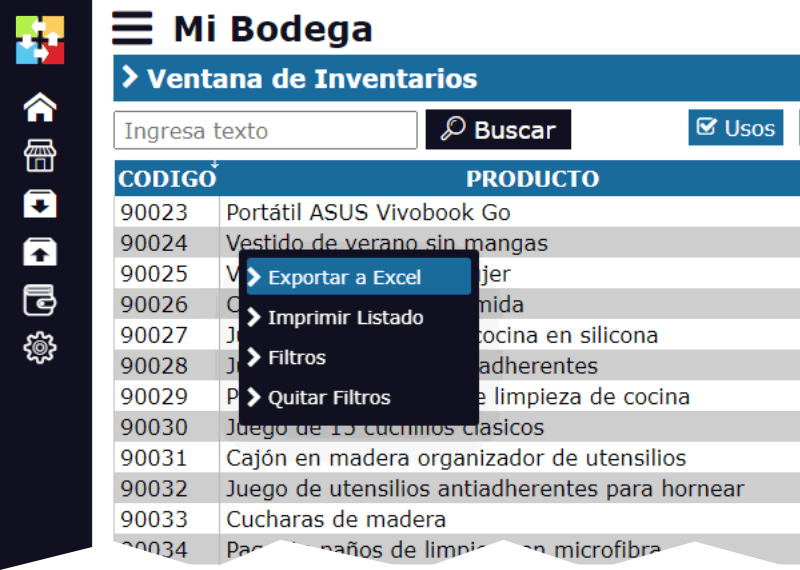Circular Inventory: Strategies to Reduce Waste and Reuse Materials.
Circular inventory: Strategies to reduce waste and reuse materials
In a world where sustainability and environmental protection are increasingly important, the concept of circular inventory has become a key strategy for reducing waste and reusing materials. In this article, we will explore in detail what circular inventory is, its benefits, and how we can implement strategies to reduce waste and reuse materials in our businesses and homes.

What is circular inventory?
Circular inventory is an approach that seeks to reduce the amount of waste generated in the production and consumption of goods and services. It is based on the idea that materials and products should be designed to be reused, recycled, or biodegraded, rather than being discarded and becoming waste. This is achieved through the implementation of strategies that promote resource efficiency, waste reduction, and material reuse.
Benefits of circular inventory
Circular inventory offers numerous benefits, both for businesses and the environment. Some of the most notable benefits are:
- Waste reduction: By designing products and processes that minimize waste generation, businesses can reduce the amount of waste sent to landfills and minimize their environmental impact.
- Resource savings: By reusing and recycling materials, businesses can reduce the amount of natural resources needed to produce new products.
- Cost savings: Implementing circular inventory strategies can help businesses reduce their production and waste management costs.
- Improved corporate image: Businesses that adopt circular inventory practices can improve their corporate image and increase their reputation as responsible and sustainable companies.
Strategies to reduce waste and reuse materials
There are several strategies that businesses and households can implement to reduce waste and reuse materials. Some of the most effective strategies are:
Design for reuse and recycling
Designing products and processes that allow for the reuse and recycling of materials is essential for reducing waste. This can include the use of recycled materials, the creation of products that can be disassembled and reused, and the implementation of efficient recycling systems.
Use of sustainable materials
The use of sustainable materials, such as certified wood, bamboo, and recycled materials, can help reduce the amount of waste generated in the production and consumption of goods and services.
Implementation of recycling programs
Implementing recycling programs in businesses and households can help reduce the amount of waste sent to landfills. This can include the creation of paper, plastic, glass, and other material recycling programs.
Reduction of packaging and packaging use
Reducing the use of packaging and packaging can help minimize the amount of waste generated in the production and consumption of goods and services. This can include the implementation of more efficient shipping and packaging systems, and the creation of products that do not require packaging or packaging.
Conclusion
Circular inventory is a key strategy for reducing waste and reusing materials in our businesses and homes. By implementing design strategies for reuse and recycling, the use of sustainable materials, the implementation of recycling programs, and the reduction of packaging and packaging use, we can minimize our environmental footprint and contribute to a more sustainable future.





